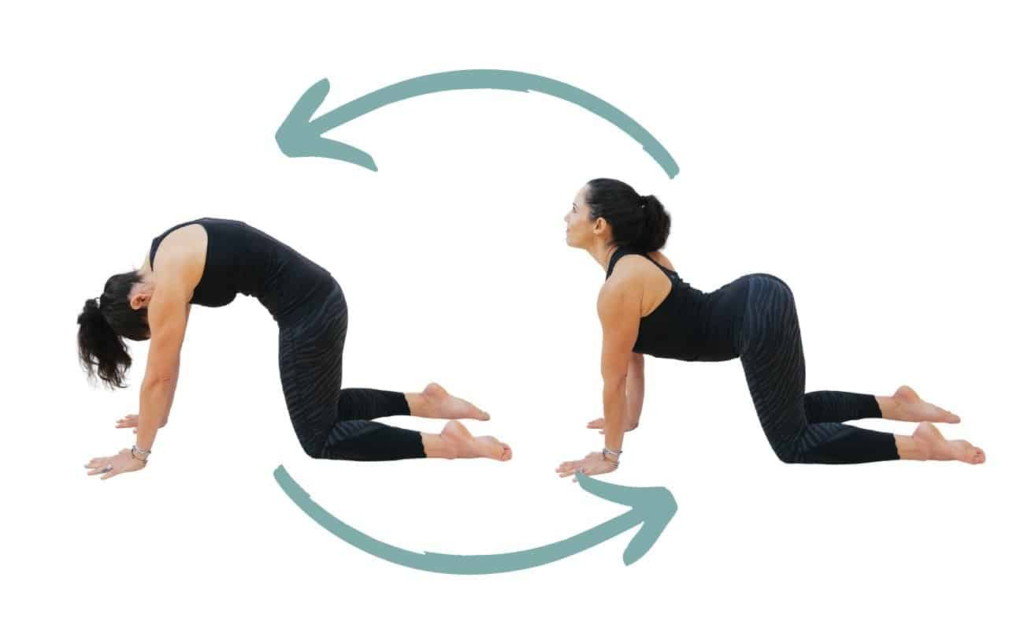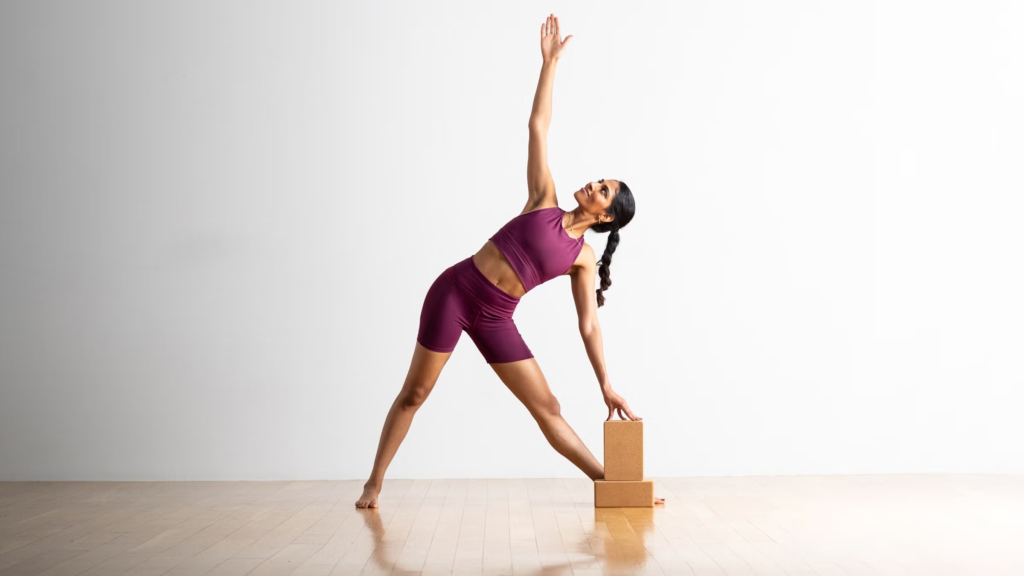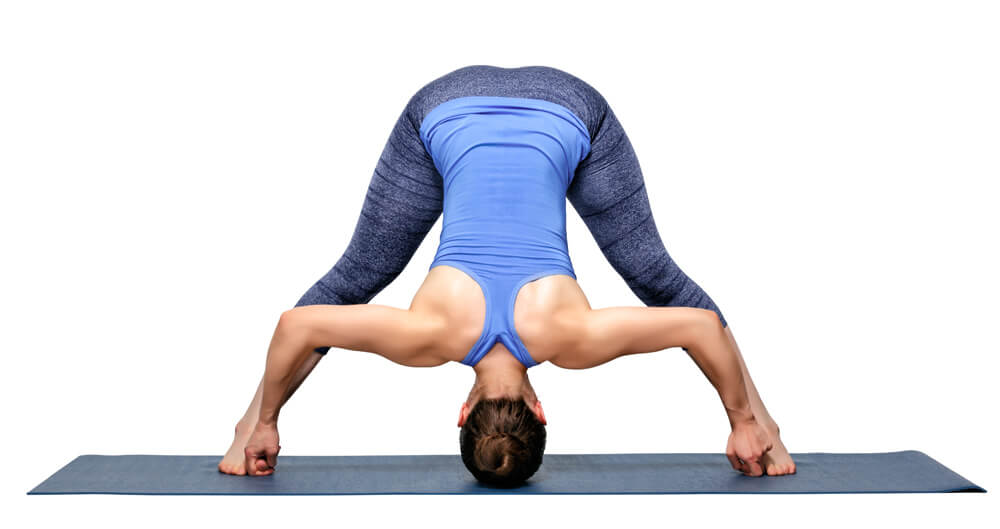Pregnancy is a beautiful yet transformative journey, where nurturing your body becomes as essential as nurturing your growing baby. Integrating pregnancy yoga into your routine can help ease discomfort, enhance flexibility, and promote emotional well-being throughout this incredible phase of life. This comprehensive guide is designed to walk you through safe yoga poses and modifications for each trimester, ensuring a gentle practice that adapts to your changing body while keeping you energized, balanced, and stress-free.
Introduction: Embracing Prenatal Yoga
Pregnancy brings forth a myriad of changes—both physical and emotional. Amid hormonal shifts, weight gain, and changing balance, prenatal yoga offers a mindful way to stay active and connected to your body. When practiced safely, yoga during pregnancy not only alleviates common discomforts like back pain, swelling, and fatigue but also fosters a deep sense of calm and mindfulness. This guide is curated to offer mother-approved, safe poses and modifications tailored for each trimester, ensuring that you can enjoy the physical, mental, and emotional benefits of yoga during this special time.
Why Choose Pregnancy Yoga?
- Enhanced Flexibility and Strength: Regular practice helps build the strength needed for labor while maintaining flexibility and posture.
- Stress Relief and Emotional Balance: Mindful breathing and gentle movements reduce stress and promote a relaxed state of mind.
- Improved Circulation: Specific yoga poses stimulate blood flow, reducing swelling and boosting energy.
- Preparation for Labor: By strengthening the pelvic floor and core muscles, prenatal yoga prepares your body for the demands of childbirth.
- Mind-Body Connection: Deepens the bond between you and your baby, offering moments of quiet reflection and inner peace.
The Three Trimesters: Adapting Your Practice Safely
Every trimester presents unique challenges and opportunities for growth. It’s essential to modify your practice to honor your body’s needs at each stage. Here, we break down safe yoga poses and modifications that are mother-approved for each trimester.
First Trimester: Laying the Foundation
During the first trimester, your body is adjusting to the new life growing inside. Although energy levels might fluctuate and morning sickness may occur, this is a great time to begin establishing a gentle yoga routine.
Key Focus Areas in the First Trimester
- Establishing Mindfulness: Develop a regular practice of breath awareness to help manage hormonal shifts and early pregnancy symptoms.
- Gentle Strength Building: Focus on light stretching and core engagement to build a strong foundation without overexerting.
- Stress Reduction: Emphasize relaxation techniques to combat anxiety and fatigue.
Recommended Poses for the First Trimester
1. Seated Breath Awareness (Sukhasana with Pranayama)

- How to Do It: Sit cross-legged on a yoga mat or cushion. Close your eyes and focus on deep, slow breaths. Inhale for a count of four, hold for a count of two, and exhale for a count of six.
- Benefits: Calms the nervous system and improves oxygen flow to the brain—essential for stress reduction and mental clarity.
2. Cat-Cow Stretch (Marjaryasana-Bitilasana)

- How to Do It: Begin on all fours with your hands under your shoulders and knees under your hips. On an inhale, arch your back (Cow Pose) and lift your head and tailbone; on an exhale, round your back (Cat Pose) and tuck your chin.
- Benefits: Increases spinal flexibility and gently massages abdominal organs, easing early pregnancy discomfort.
3. Modified Child’s Pose (Balasana)

- How to Do It: Kneel on the mat, spread your knees slightly wider than hip-width, and sit back onto your heels. Lower your torso forward and rest your forehead on a cushion or bolster.
- Benefits: Relieves back tension and provides a calming, restorative stretch that can ease fatigue.
4. Pelvic Tilts (Bridge Variation)

- How to Do It: Lie on your back with your knees bent and feet flat on the floor. Gently lift your hips, engaging your core, and then lower back down.
- Benefits: Strengthens the lower back and pelvic floor muscles, setting the stage for a stronger practice in later trimesters.
Tips for First Trimester Yoga
- Listen to Your Body: If you feel nauseous or overly tired, modify your practice or take a rest. It’s normal for energy levels to vary.
- Avoid Overexertion: Focus on gentle movements and avoid deep twists or intense stretches.
- Stay Hydrated: Keep water nearby and take frequent sips to maintain hydration.
Second Trimester: Embracing Change with Grace
The second trimester is often celebrated as the “golden period” of pregnancy—energy levels improve, and you can start feeling more connected with your baby. This is a time to gently deepen your practice, focusing on poses that support your expanding belly while building strength and balance.
Key Focus Areas in the Second Trimester
- Maintaining Balance: As your center of gravity shifts, work on stability and balance with supportive poses.
- Expanding Core and Pelvic Strength: Focus on strengthening exercises that support your lower back and pelvic region.
- Mindful Stretching: Use modifications and props to safely deepen stretches while accommodating your growing body.
Recommended Poses for the Second Trimester
1. Side-Lying Stretch
- How to Do It: Lie on your side with a supportive pillow between your knees. Gently extend your top arm overhead to stretch the side of your body.
- Benefits: Opens up the rib cage and alleviates tension in the torso, which can help improve breathing and relieve back pain.
2. Supported Warrior II (Virabhadrasana II)

- How to Do It: Stand with your feet wide apart. Turn your right foot out and your left foot slightly in. Bend your right knee while keeping your left leg straight. Use a chair or wall for balance if necessary.
- Benefits: Strengthens the legs and improves balance while opening the hips—critical for managing the shift in body weight.
3. Modified Triangle Pose (Trikonasana)

- How to Do It: Stand with your feet wide apart. Extend your right arm toward your right leg and lower your hand onto a block or your shin. Extend your left arm upward.
- Benefits: Stretches the sides of the body and improves balance without putting undue pressure on the belly.
4. Bound Angle Pose (Baddha Konasana)

- How to Do It: Sit on the mat, bring the soles of your feet together, and let your knees fall open. Hold your feet with your hands and gently lean forward.
- Benefits: Opens the hips and groin, providing comfort as your body adjusts to rapid changes.
Tips for Second Trimester Yoga
- Use Props: Yoga blocks, bolsters, and straps can provide much-needed support as your balance and flexibility evolve.
- Focus on Alignment: Ensure proper alignment to avoid strain, especially in poses that require bending or twisting.
- Modify as Needed: Listen to your body; if a pose feels uncomfortable or too intense, opt for a modified version.
Third Trimester: Preparing for Labor with Calm and Confidence
The third trimester is the final stretch before childbirth. It is a time to prioritize rest, maintain gentle movement, and focus on breathing and relaxation techniques that will support you during labor.
Key Focus Areas in the Third Trimester
- Safety and Stability: Prioritize poses that are safe for the final stage of pregnancy, avoiding deep twists and intense backbends.
- Pelvic Floor Strengthening: Continue to build pelvic strength to help ease labor.
- Deep Relaxation: Emphasize breathing and gentle stretches to calm the mind and prepare the body for childbirth.
Recommended Poses for the Third Trimester
1. Supported Child’s Pose with Bolster

- How to Do It: Modify Child’s Pose by using a bolster or firm cushion under your torso for extra support. Keep your knees wide apart for stability.
- Benefits: Provides deep relaxation and a gentle stretch for the back and hips without straining the belly.
2. Wide-Legged Forward Bend (Prasarita Padottanasana) – Seated Variation

- How to Do It: Sit on the floor with your legs spread wide. Gently hinge at the hips to lean forward, using a strap if necessary to avoid overstraining.
- Benefits: Stretches the back and hamstrings while accommodating the growing belly. It also helps relieve lower back tension.
3. Pelvic Rocking (Gentle Bridge Pose)

- How to Do It: Lie on your back with your knees bent and feet hip-width apart. Gently rock your pelvis up and down, engaging your core and pelvic muscles.
- Benefits: Strengthens the pelvic floor, relieves lower back discomfort, and helps prepare your body for labor.
4. Savasana (Restorative Pose) with Side Support

- How to Do It: Lie on your side with a body pillow or bolster between your legs and another supporting your head. Relax completely and focus on slow, deep breaths.
- Benefits: Promotes deep relaxation, helps manage fatigue, and allows you to rest fully while avoiding pressure on the belly.
Tips for Third Trimester Yoga
- Prioritize Comfort: Focus on poses that are restorative and supportive. Use extra props to ensure safety and comfort.
- Avoid Overexertion: Keep the practice gentle and listen closely to your body’s signals. Rest when needed.
- Practice Breathing Techniques: Deep, mindful breathing can help reduce anxiety and prepare you for the labor process.
- Stay Connected: Engage in practices that help you bond with your baby, such as meditative visualization and quiet reflection.
Safety Considerations and Precautions
Regardless of the trimester, safety is paramount in pregnancy yoga. Here are some general guidelines to follow:
- Consult with Your Healthcare Provider: Always get medical clearance before starting or continuing a yoga practice during pregnancy.
- Choose a Certified Prenatal Yoga Instructor: An instructor with prenatal training can provide modifications and ensure proper form.
- Avoid High-Risk Poses: Steer clear of poses that involve deep twists, intense backbends, or inversions that put pressure on the abdomen.
- Listen to Your Body: If any movement causes pain or discomfort, ease back, modify the pose, or stop altogether.
- Stay Hydrated and Rested: Maintain adequate hydration, take breaks as needed, and don’t push beyond your limits.
Frequently Asked Questions (FAQs)
1. Is prenatal yoga safe for every stage of pregnancy?
Yes. When modified appropriately for each trimester, prenatal yoga is a safe and effective practice. However, it’s important to consult with your healthcare provider before starting any exercise regimen during pregnancy.
2. What are the main benefits of practicing yoga during pregnancy?
Prenatal yoga helps reduce stress, relieve common discomforts (such as back pain and swelling), improve flexibility and balance, strengthen the pelvic floor, and promote a deeper connection with your baby.
3. How often should I practice pregnancy yoga?
Aim for 2-3 sessions per week, depending on your energy levels and comfort. Even short, gentle sessions can offer significant benefits over time.
4. Can I modify poses if I’m experiencing discomfort?
Absolutely. Prenatal yoga is highly adaptable. Use props like bolsters, blocks, and straps to modify poses to suit your body’s needs. Always listen to your body and adjust the practice accordingly.
5. What should I avoid during prenatal yoga?
Avoid poses that compress your abdomen, deep twists that strain the back, and intense inversions. Focus on gentle, restorative movements and consult with an instructor for specific modifications.
6. How does prenatal yoga help prepare me for labor?
Prenatal yoga strengthens key muscle groups, particularly the core and pelvic floor, which are essential for labor. Additionally, mindfulness and breathing techniques practiced during yoga can help manage pain and reduce anxiety during childbirth.
Conclusion: Embrace the Journey with Pregnancy Yoga
Pregnancy is a time of profound transformation, and integrating pregnancy yoga into your routine can help you navigate this journey with grace, strength, and mindfulness. By tailoring your practice to each trimester, you can safely enjoy the physical, mental, and emotional benefits of yoga—from reducing discomfort and building strength to fostering a deep connection with your baby.
As you embark on this beautiful path, remember that every gentle stretch and mindful breath is a step toward a more balanced and empowered pregnancy. Whether you’re easing into the first trimester, flourishing in the second, or preparing for the arrival of your little one in the third, these mother-approved poses and modifications will support your journey every step of the way.
Embrace the practice, listen to your body, and honor the unique needs of this transformative time. Let prenatal yoga be a sanctuary of calm and strength—a practice that not only nurtures you but also builds a loving foundation for the new life growing within you.
Your journey to a healthy, balanced, and joyful pregnancy begins with each mindful pose and every conscious breath. Step onto your mat, embrace these practices, and celebrate the miracle of life with a heart full of gratitude and a body empowered by yoga.















Add comment